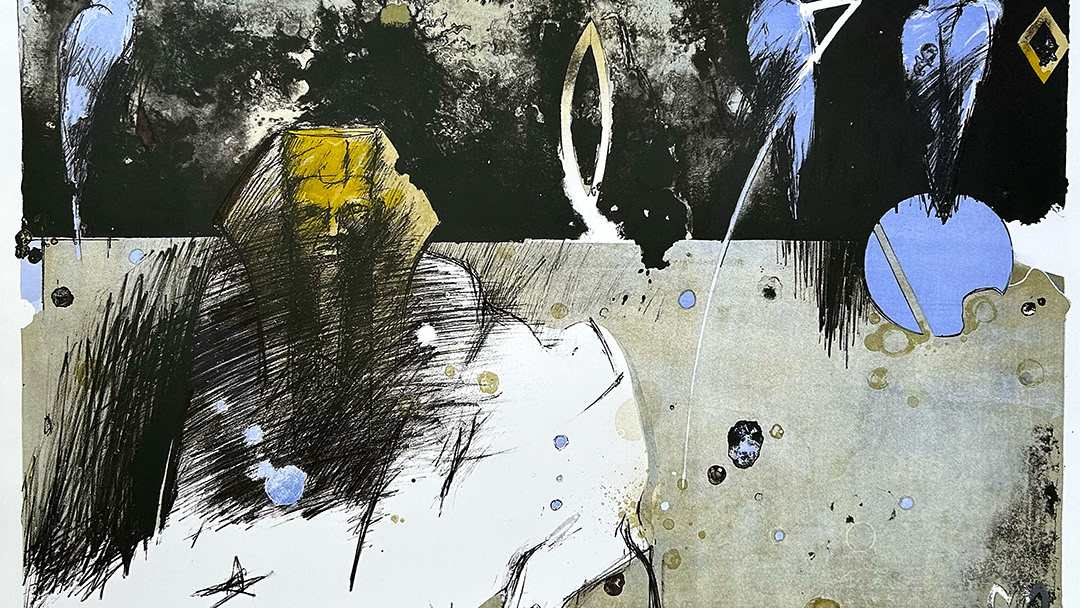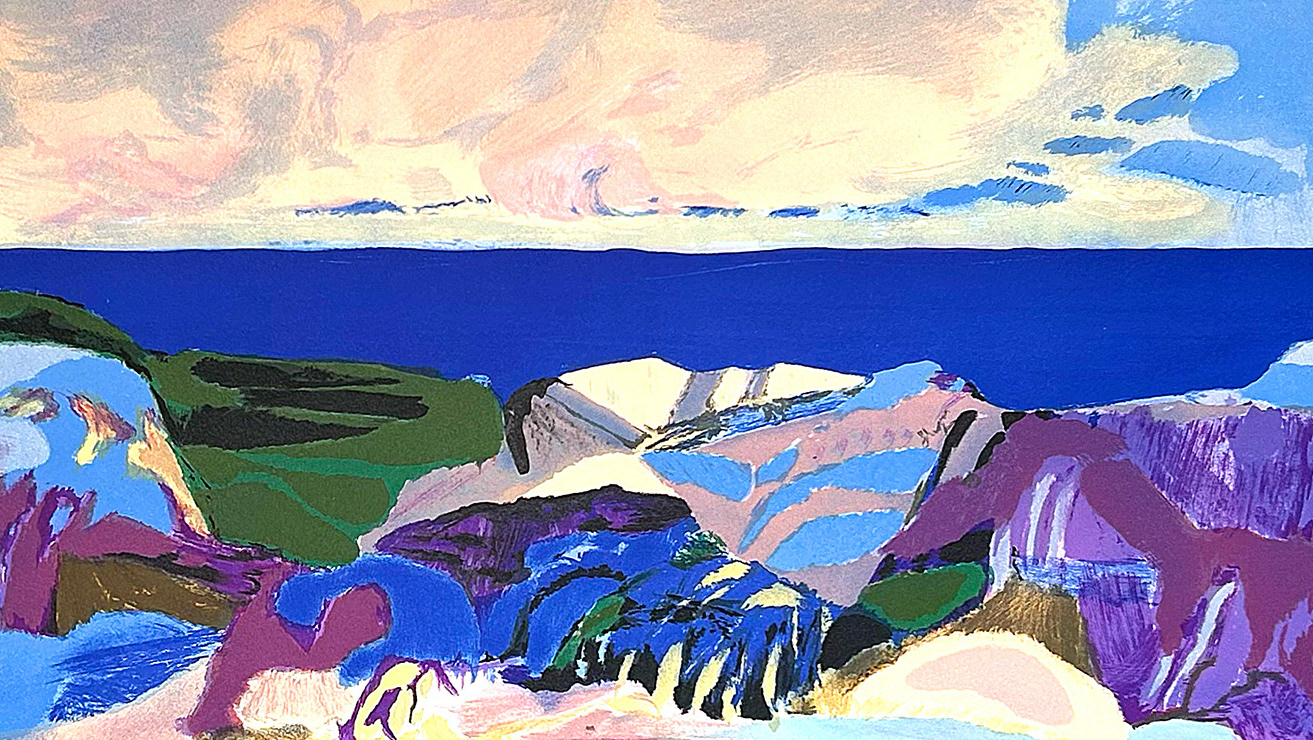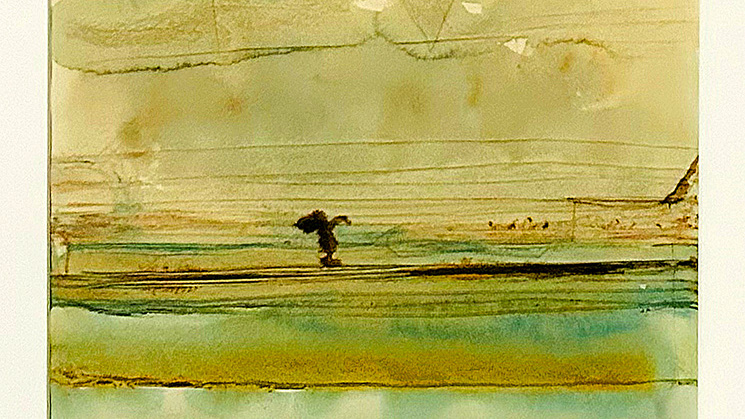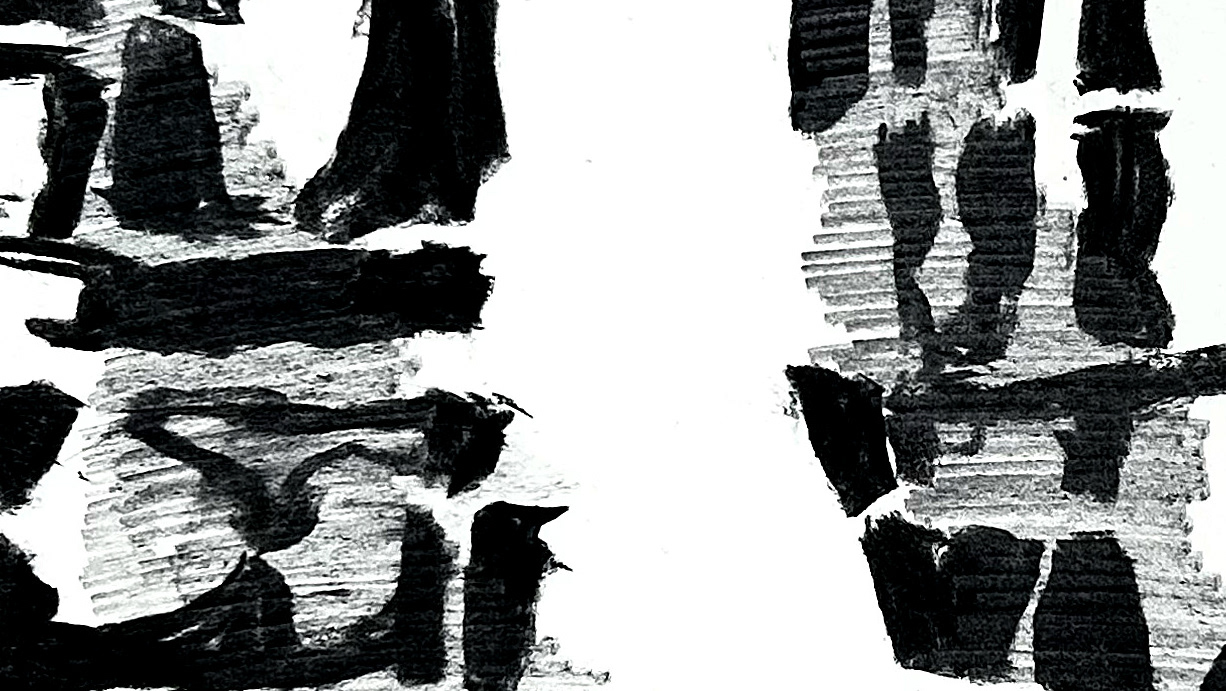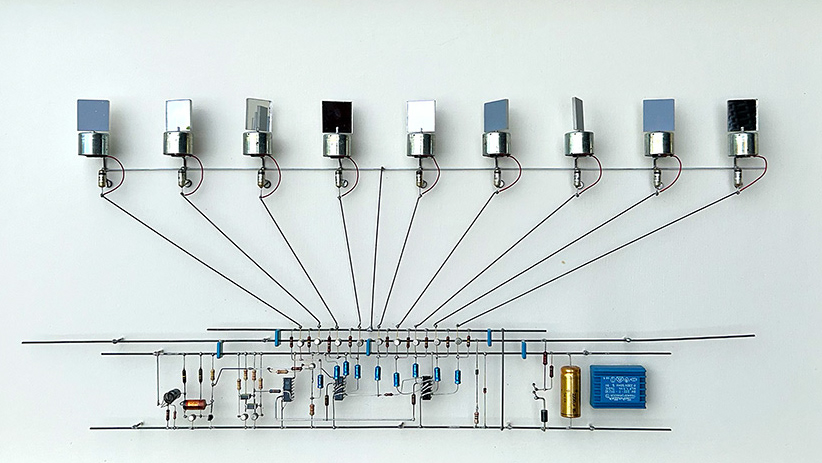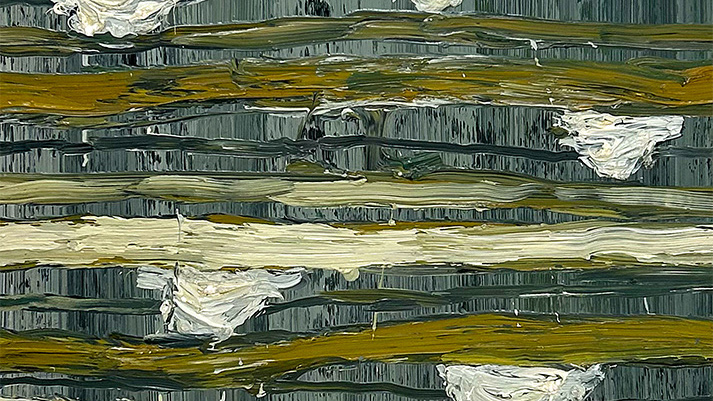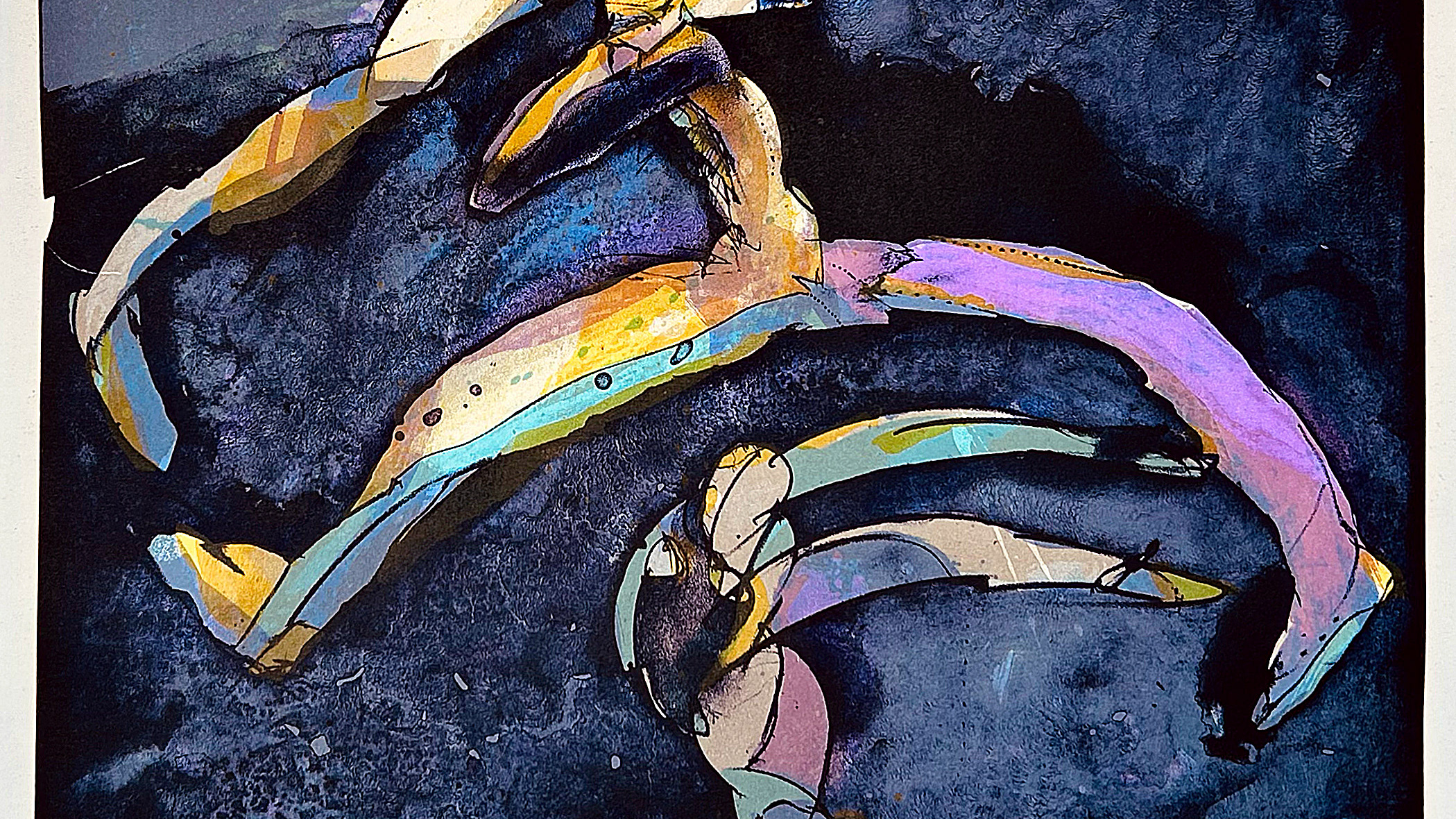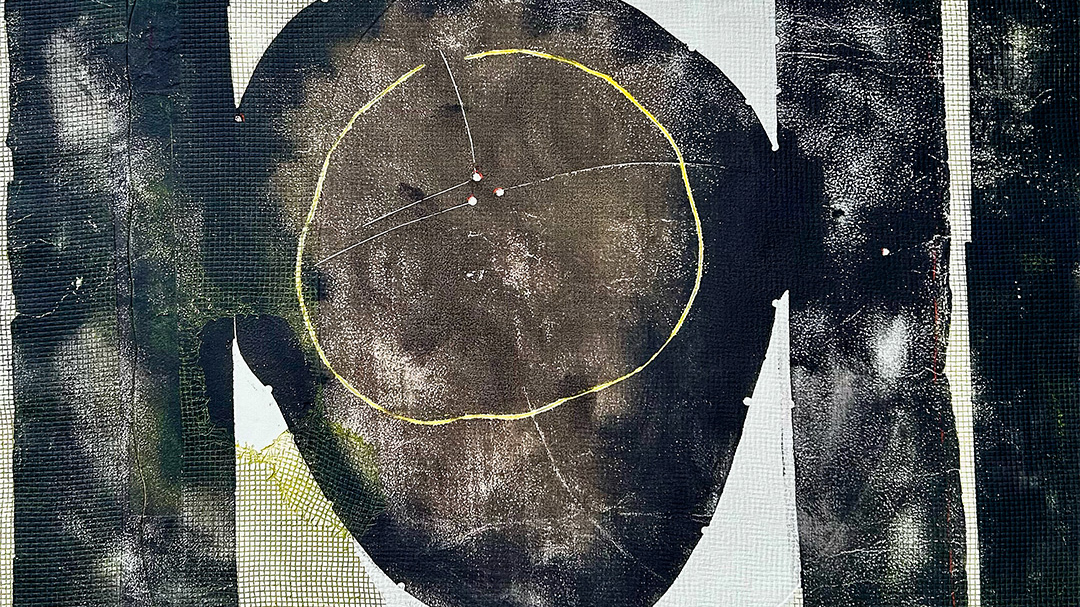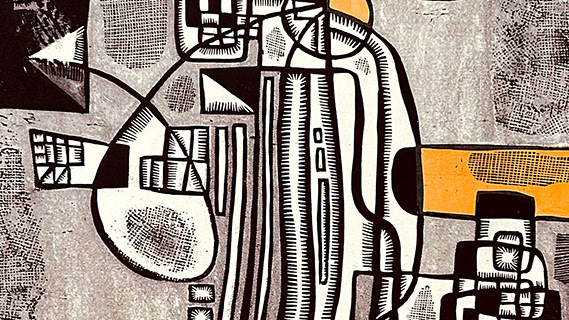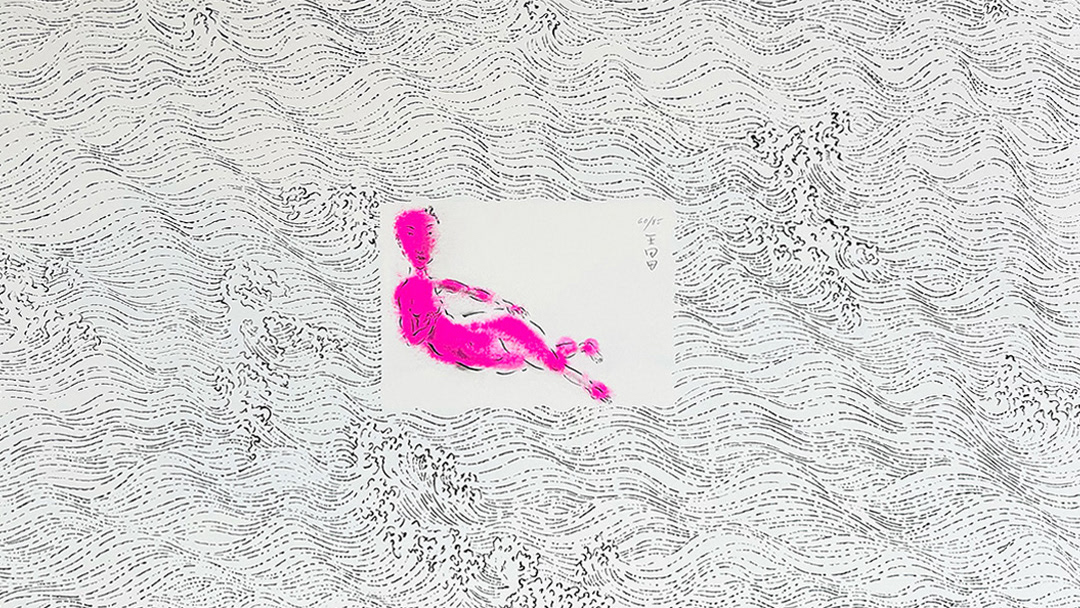Francisco Domingos "Chico" da Silva (1910 – 1985) was a Brazilian painter associated with naïve art and modernist Brazilian painting. Da Silva is considered one of the first Brazilian artists of indigenous heritage to achieve prominence in Brazil and abroad.
Francisco da Silva, widely known as Chico da Silva, was born to an Indigenous Peruvian father and a Brazilian mother from Ceará, northeastern Brazil. His early years were spent in the Amazon forest, where he was exposed to the rich local flora and fauna. After the death of his father, a boatman, from a rattlesnake bite, Chico moved with his mother to Fortaleza.
Chico began his career as a self-taught artist, initially painting birds on fishermen's houses using charcoal, chalk, and natural pigments. His unique style was discovered in 1943 by Jean-Pierre Chabloz, a Swiss art critic and artist, who supplied him with painting materials and canvases. Chabloz played a pivotal role in promoting Chico's art. In 1952, he wrote an article titled “A Brazilian Indian Reinvents Painting” in the French journal Cahiers d’Art, which led to Chico's widespread recognition. Chabloz organized exhibitions of Chico's work in museums across Rio de Janeiro, São Paulo, Paris, and several Swiss cities.
Chico's work, characterized by pointillist depictions of dragons, serpents, fish, and birds, gained popularity. Chabloz played a significant role in promoting Chico's art, selling it to collectors in Rio, São Paulo, and Europe, and featuring it in art journals. Chico's paintings were known for their bright colors and patterns, with a notable work titled “Untitled” from 1972.
From 1961, Chico worked at the Federal University of Ceará’s art museum and was introduced to his first dealer, Henrique Bluhm. His fame grew, leading to exhibitions at prestigious venues, including the Brazilian pavilion of the Venice Biennale in 1966 and the São Paulo Biennial in 1967.
Francisco Domingos "Chico" Da Silva, "A Peacock", 1962, Gouache on canvas, 120 x 80 cm

